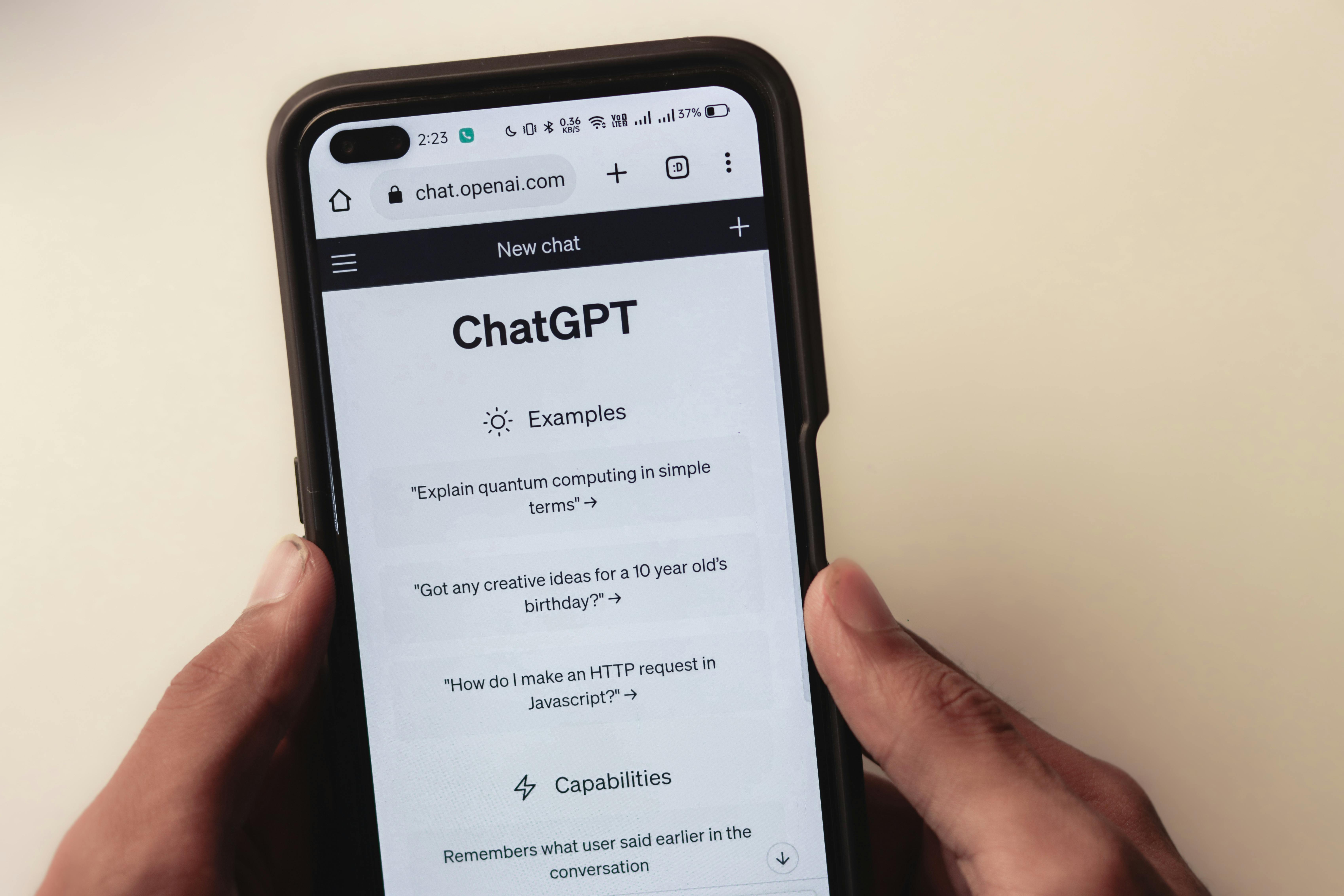Multimodal Dialogue: New Challenges and Advances in AI Models

Top post
Multimodal Dialogues: New Challenges for AI Models
The rapid development of multimodal large language models (MLLMs) has enabled impressive progress in the field of multimodal understanding in recent years. These models, trained on massive datasets of images and text, can recognize and process complex relationships between visual and linguistic information. However, much of the research to date has focused on single-turn scenarios, where a single question is asked and answered about an image. This approach inadequately reflects the complexity of human communication, which often takes place in the form of multi-turn dialogues.
The Challenge of Multi-Turn Multimodal Dialogues
In real conversations, questions build on each other, refer to previous statements and the visual context. The meaning of individual utterances often only becomes clear in the context of the entire dialogue. This dynamic interaction between language and image poses a significant challenge for AI models that are intended to go beyond answering isolated questions. To meet this challenge, new approaches in the training and architecture of MLLMs are required.
MMDiag: A New Benchmark for Multimodal Dialogues
A promising approach to further developing MLLMs lies in the development of more sophisticated datasets that reflect the complexity of multi-turn dialogues. One example is MMDiag, a dataset for multimodal dialogues generated by combining defined rules and GPT support. MMDiag is characterized by strong correlations between individual questions, between questions and images, and between different image regions. These complex relationships reflect the dynamics of real conversations and provide an ideal basis for training and evaluating MLLMs.
DiagNote: An MLLM with Multimodal Capabilities
In addition to the development of new datasets, the architecture of MLLMs is also crucial for successfully handling multi-turn dialogues. DiagNote, a novel MLLM, pursues an innovative approach inspired by human visual processing. The model consists of two interacting modules: "Deliberate" and "Gaze". "Deliberate" focuses on the step-by-step processing of information in the course of the dialogue (Chain-of-Thought), while "Gaze" identifies and comments on the relevant image areas. This combination allows DiagNote to process both the linguistic and visual information in the context of the entire dialogue and draw conclusions.
Future Perspectives
Research in the field of multimodal dialogues is still in its early stages, but the results so far are promising. Datasets like MMDiag and models like DiagNote lay the foundation for the development of AI systems that are capable of understanding complex human communication and interacting in natural language. These advances open up new possibilities for applications in various fields, from human-computer interaction to personalized education systems.
Bibliography: Jiazheng Liu, Sipeng Zheng, Börje F. Karlsson, Zongqing Lu. Taking Notes Brings Focus? Towards Multi-Turn Multimodal Dialogue Learning. arxiv:2503.07002 https://huggingface.co/papers/2503.07002 https://huggingface.co/papers https://arxiv.org/html/2403.08857v1 https://aclanthology.org/2024.emnlp-main.1250.pdf https://www.researchgate.net/publication/350958354_Towards_Multi-Modal_Conversational_Information_Seeking https://arxiv.org/html/2412.15995v1 https://neurips.cc/virtual/2024/poster/93279 https://openreview.net/forum?id=KW3aAxkhE1 https://academic.oup.com/nsr/article/11/12/nwae403/7896414 ```.png)


